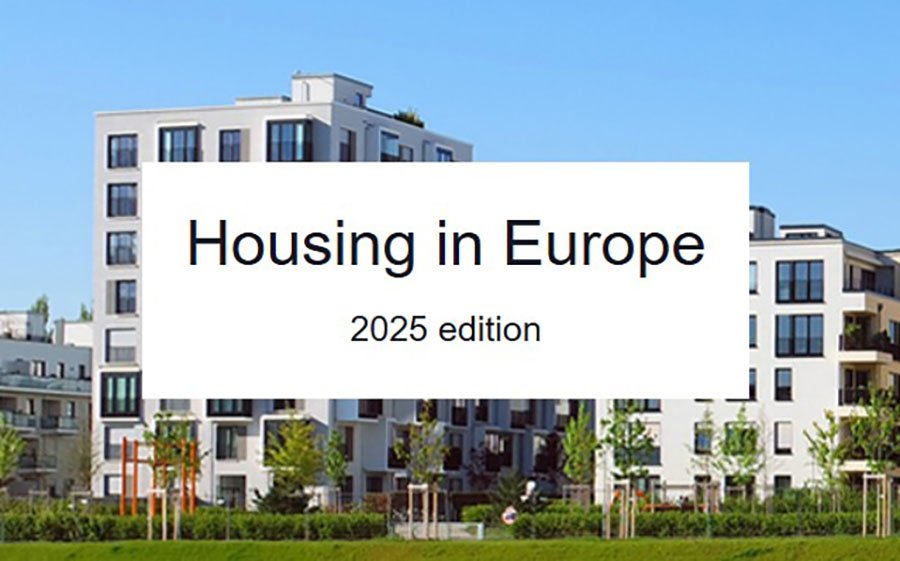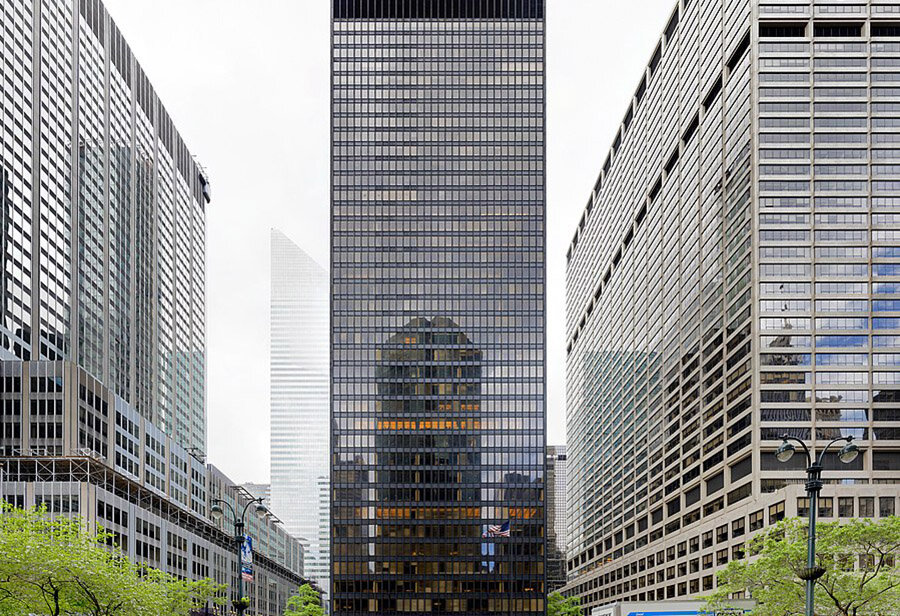читайте также
 Airbus recalls more than 6,000 A320 aircraft: causes and consequences for the aviation market
Airbus recalls more than 6,000 A320 aircraft: causes and consequences for the aviation market
 Canada’s Air Travel Meltdown: 75 Cancellations, 864 Delays and Thousands Stranded Across Toronto, Montreal, Vancouver and Beyond
Canada’s Air Travel Meltdown: 75 Cancellations, 864 Delays and Thousands Stranded Across Toronto, Montreal, Vancouver and Beyond
 Branded and Independent Hotels: Key Decisions, Risks and Opportunities for Investors in 2025
Branded and Independent Hotels: Key Decisions, Risks and Opportunities for Investors in 2025
 Travel Turmoil Hits Asia: 77 Cancellations and 611 Delays Leave Thousands Stranded as Shanghai, Shenzhen, Malaysia, Tibet, Taiwan
Travel Turmoil Hits Asia: 77 Cancellations and 611 Delays Leave Thousands Stranded as Shanghai, Shenzhen, Malaysia, Tibet, Taiwan
 Europe’s 2025 Tourism Rebound: How the Continent Stays Strong Amid Rising Costs and Changing Travel Trends
Europe’s 2025 Tourism Rebound: How the Continent Stays Strong Amid Rising Costs and Changing Travel Trends
 How the EU Real Estate Market Has Changed in 14 Years: Housing Prices, Costs, and Investments
How the EU Real Estate Market Has Changed in 14 Years: Housing Prices, Costs, and Investments
New York Office Market: Class A Investment Renaissance

The New York City office market is undergoing a structural shift. After a period of uncertainty, investor interest has pivoted sharply toward premium Class A office buildings, signaling a new wave of confidence in top-tier commercial real estate. CMBS (commercial mortgage-backed securities) tied to elite properties are experiencing strong demand, while lower-tier office assets continue to struggle.
Surge in Demand for Class A Assets
In early 2025, investors returned aggressively to the CMBS market, specifically those backed by Class A office buildings, Bloomberg reports. February alone saw over $4.5 billion in such bonds sold — the highest monthly volume in the past five years.
Demand is particularly high for trophy assets — modern, high-spec buildings in prestigious Manhattan locations such as the Seagram Building, MetLife Building, The Spiral, and the iconic Rockefeller Center. These properties attract insurance companies and long-term investors looking for stable returns to match annuity liabilities.
According to Ed Reardon, CMBS strategist at Deutsche Bank, institutional investors are flocking to premium assets due to attractive yields amid rising interest rates. Meanwhile, risk premiums on lower-rated CMBS tranches have dropped significantly — from 325 basis points in 2024 to less than 200 in the latest Seagram Building deal.
A Market of Contrasts
While Class A buildings are booming, Class B and C properties are facing a different reality. Older office buildings in less desirable locations suffer from rising vacancies, debt servicing costs, and defaults. Delinquency rates on NYC office CMBS surpassed 10%, and foreclosure rates in the New York–New Jersey–Connecticut corridor hit 1.86%, up from just 0.06% five years ago.
Zachary Aronson, portfolio manager at MacKay Shields, notes that the market is clearly bifurcating: investors are concentrating capital in modern, efficient buildings while legacy offices are being left behind.
Park Avenue Frenzy
A striking example of the market’s divergence is Park Avenue in Midtown, where a leasing boom took off in late 2024. Firms like Citadel, JPMorgan Chase, and Elliott Investment Management aggressively expanded or moved into high-profile buildings like 280 Park Ave and Seagram Building. Some landlords even renegotiated leases with current tenants to make space for higher-paying clients.
Vacancy rates on Park Avenue stood at less than 7% in December, compared to over 20% in Manhattan overall, according to CBRE. Rental rates in the sought-after Plaza District were 4x higher than in Manhattan’s least popular buildings.
Supply Constraints & Location Premium
Post-COVID development delays have created a shortage of new Class A office supply. As of late 2024, only 2.5 million square feet of new office space was under construction, 80% of which was already pre-leased.
This scarcity has intensified demand for space near transport hubs, especially around Grand Central Terminal. Andrew Polland, COO of Blue Owl Capital, said the firm expanded its presence in the Seagram Building by 73% because [“that’s where our clients and partners are — it makes sense to be nearby.”] Rob Speyer, CEO of developer Tishman Speyer, added: [“Top-tier buildings are back in business — that’s a strong signal for investors.”]
Market Outlook
According to Barclays, CMBS issuance backed by private commercial property is projected to grow 30% in 2025 to $145 billion. Bank of America and JPMorgan forecast a range of $110–135 billion. Analysts suggest this resurgence in Class A bonds may gradually revive interest in mid-tier office space, depending on broader economic stability.
Charles Sorrentino of Rithm Capital observes: “We’re seeing a first wave of investor return to CMBS. Right now, focus is on Class A properties with conservative leverage and reliable structures.”
Conclusion
The NYC office market is now defined by a clear split: elite properties are thriving, while outdated stock languishes. The surge in demand for Class A assets is powering a rebound in real estate-backed securities and bringing fresh institutional capital into Manhattan.
If economic conditions remain stable and in-person work continues to rise, top-tier office buildings — especially in core locations — are poised to lead the city’s commercial recovery into 2025 and beyond.
Подсказки: New York, real estate, office market, investment, CMBS, Manhattan, Park Avenue, commercial property, Class A, property bonds





